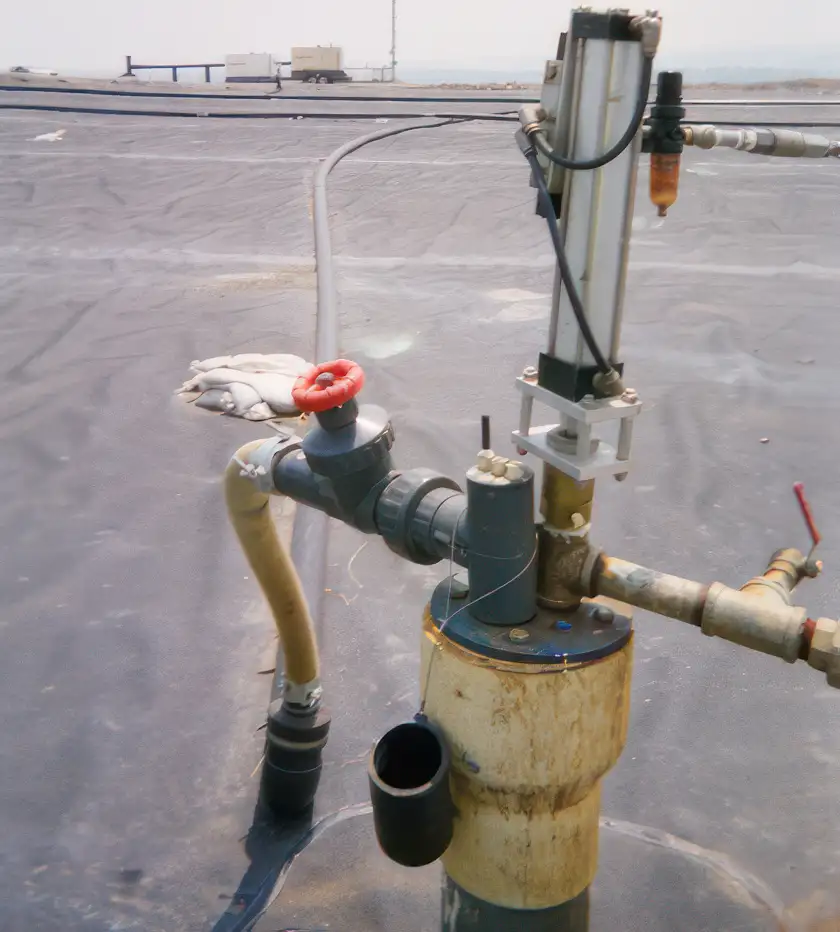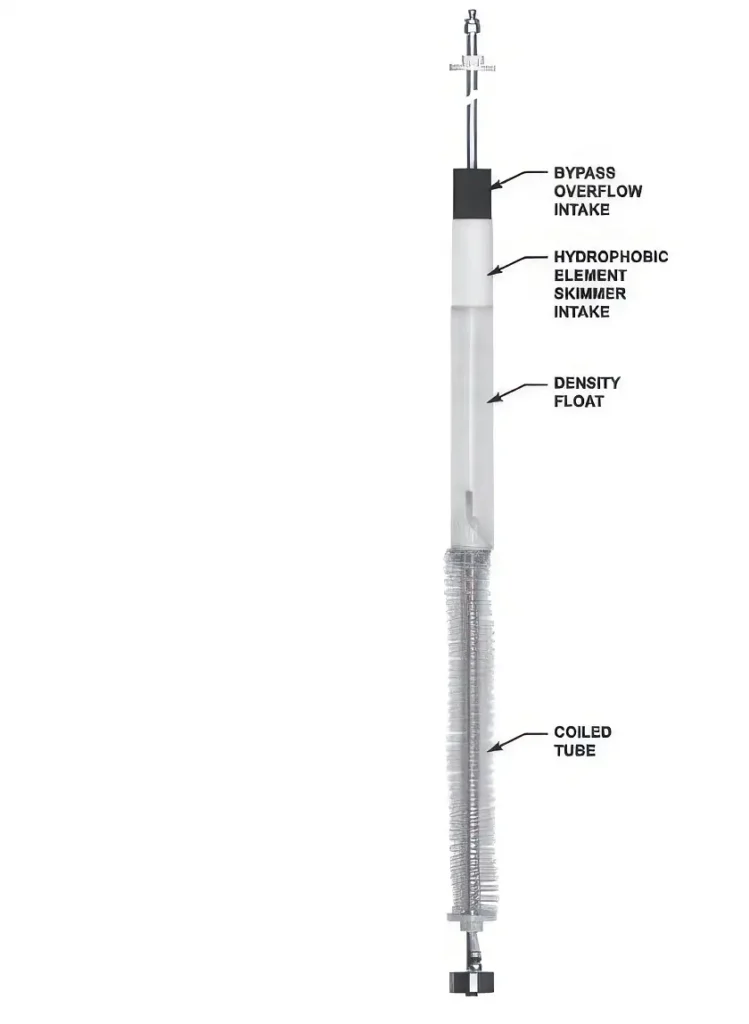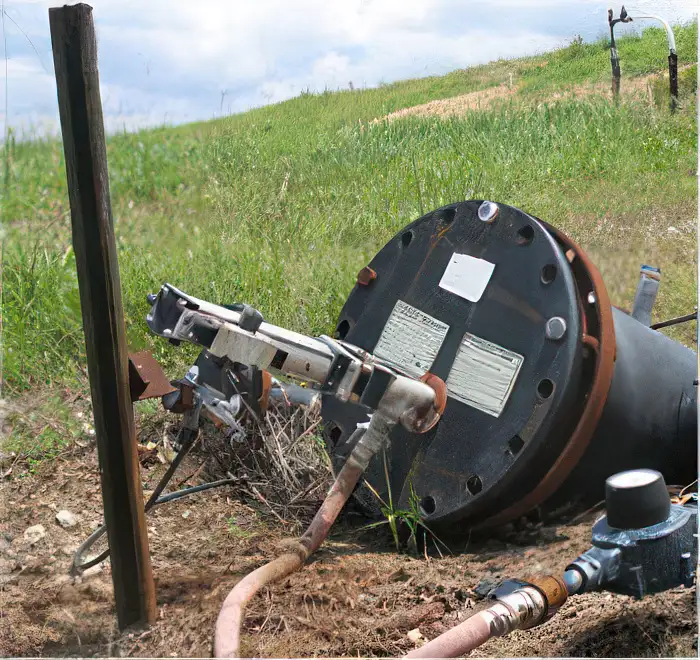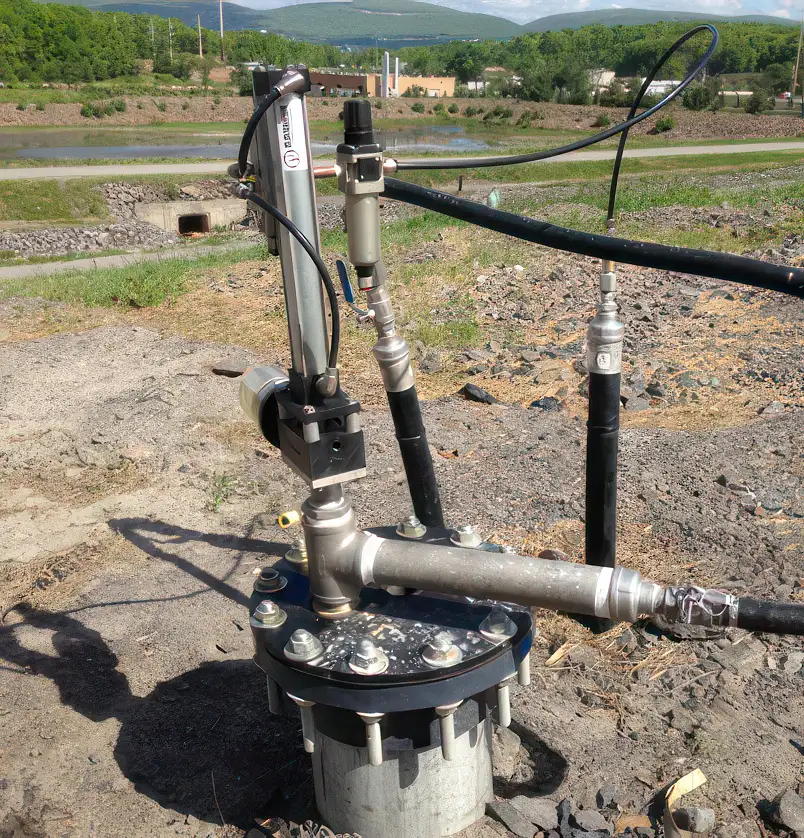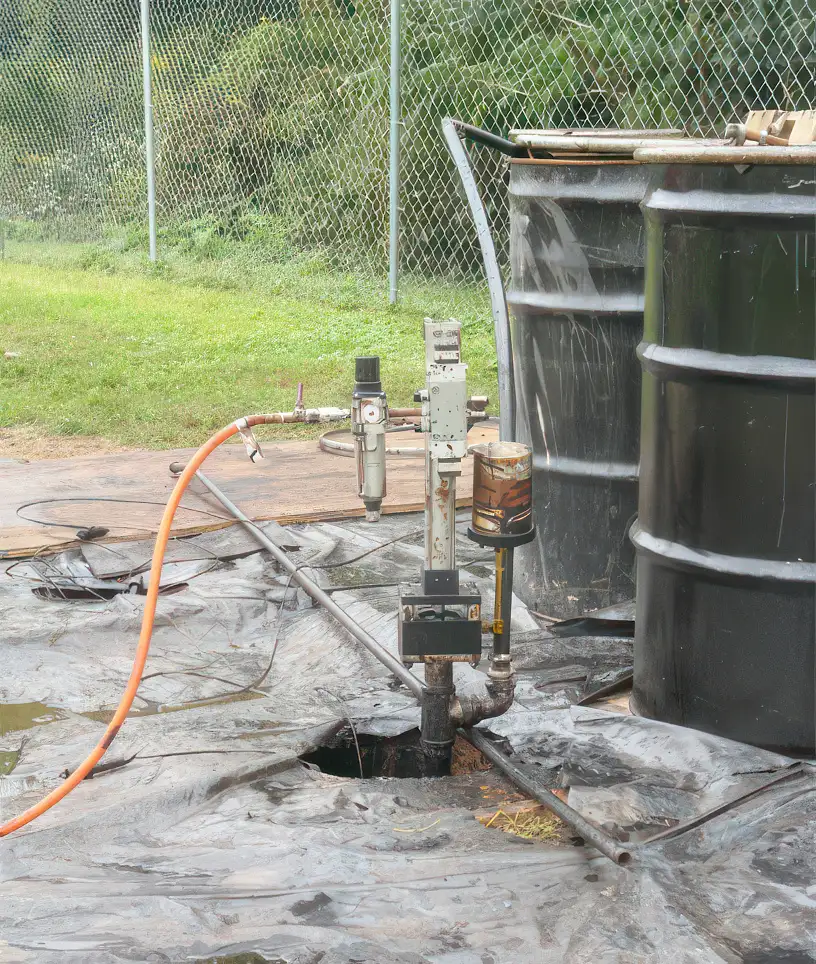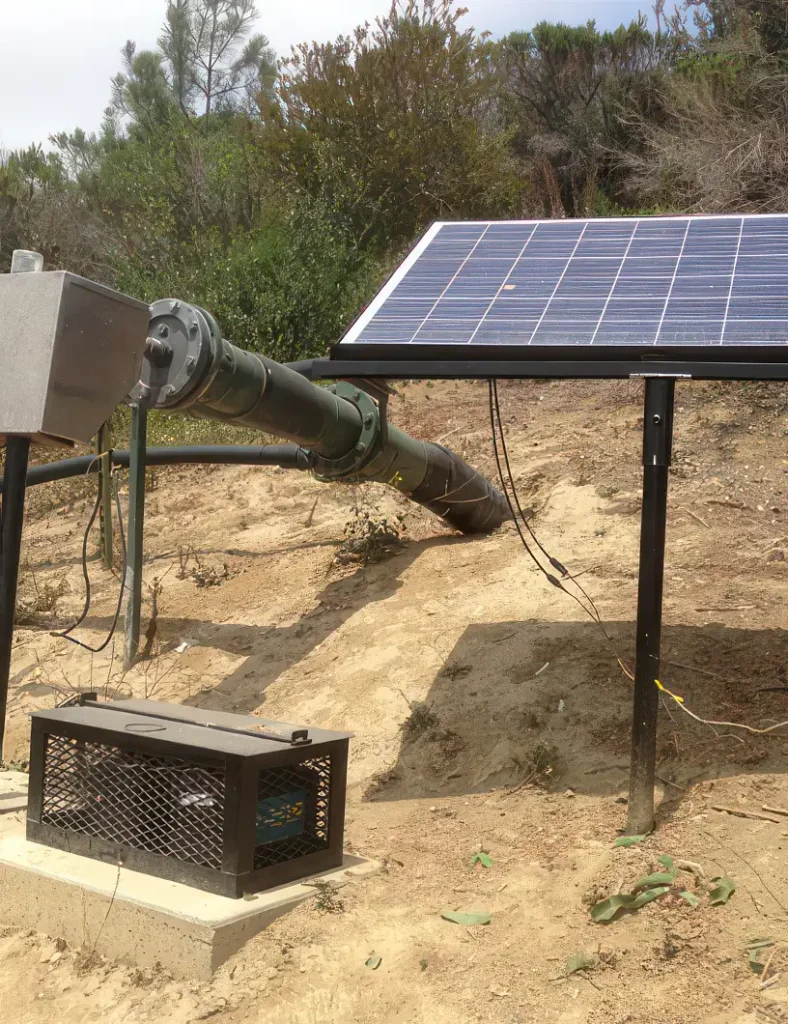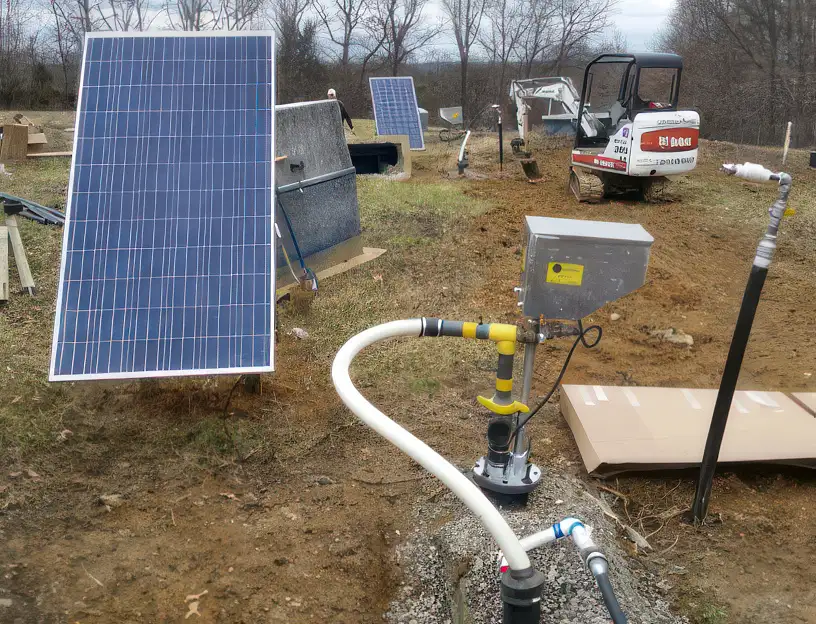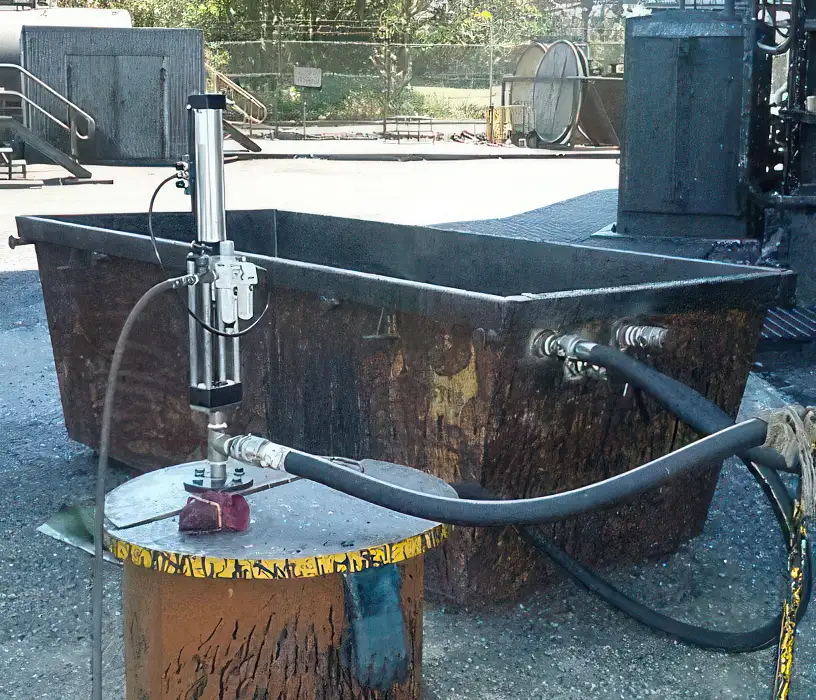Pneumatics and electrics pump coal tar from 32 feet; recover 11k gal. over 3 yrs.
Thick, viscous, oily and sticky — coal tar tops the list in contaminated site remediation and source recovery when it comes to stubborn and ugly cleanup, especially if there is lots of the stuff.
Because of the difficult nature of coal tar, initial recovery efforts were skimpy and sporadic at the 30-acre Calhoun Park Area Superfund Site in the historic harbor district of Charleston, S.C., until site managers brought in a Blackhawk Anchor Electric piston pump to replace pumps that were performing poorly.
The Anchor was successful in steadily removing sinking DNAPL coal tar, prompting purchase of three additional Blackhawk Anchor Electric and Atlas Pneumatic pumps. Over three years, the Blackhawks pumped more than 11,000 gallons of coal tar from substrate at depths to 32 ft. below grade.
